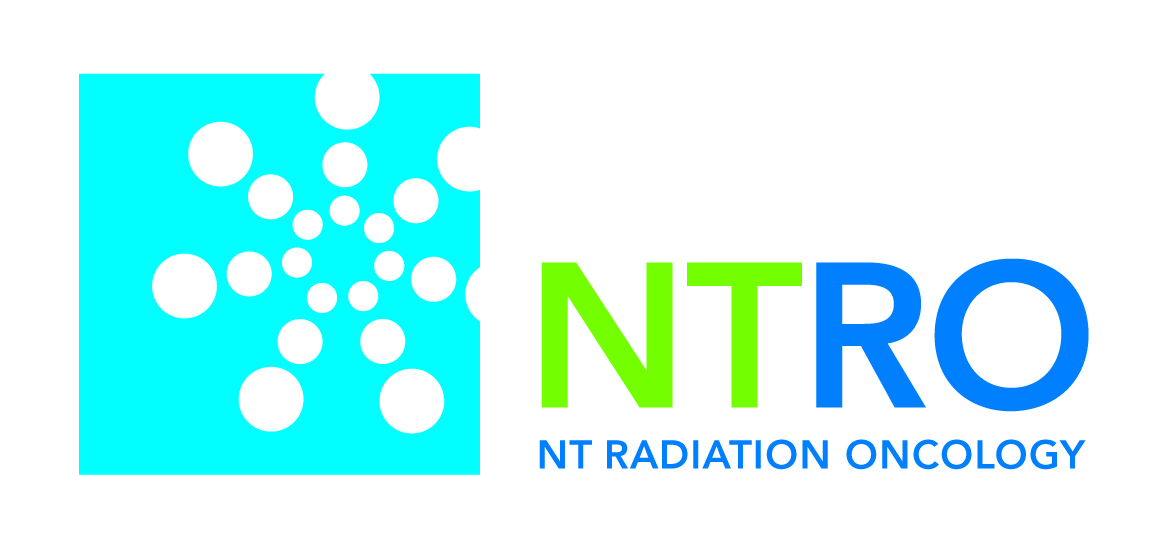The term radiation therapy is used to describe the medical use of ionising radiation to treat cancer.
Radiation is an effective treatment option because of its unique ability to control how cells grow and reproduce.
Radiation works by damaging the cells DNA is such a way that the cell either dies immediately, or damages it’s function so that the cell is unable to divide and form new cells.
The length of your treatment depends on the type of cancer you have and what stage the cancer is.
Some people need only one treatment, while others have radiation therapy five days a week for several weeks.
Radiation therapy is most effective when delivered according to the doctor’s prescription, which may be treatment every week-day, or maybe only one treatment each week.
If you need to miss a scheduled appointment, it is best to discuss this with your doctor and the treatment team.
Radiation therapy is generally not given on public holidays, but your doctor will consider this and make any necessary changes to the treatment plan in advance.
Side effects are very dependent on the area of the body being treated and total dose of radiation the doctor has prescribed. Your radiation oncologist will provide specific information about side effects during your consultation.
Common side effects include fatigue and skin irritation.
The process starts with an initial consultation with a radiation oncologist, where you and the doctor will discuss your medical history, current condition and goals for treatment. If radiation therapy is appropriate, the length of treatment, potential side effects and expected outcome will be explained to you.
After you have consented for treatment, radiation therapists will take a planning CT scan of the area that needs treatment. This CT scan is different from any diagnostic scans you may have had because you will be positioned in the best way to deliver the treatment.
After your CT scan, the radiation oncologist, radiation therapists and medical physicists work together to design a treatment plan that is specific to you. This process can take up to a few weeks to create and perform the necessary quality assurance checks.
When you arrive for treatment, the radiation therapists will position you in the same way as you were for the planning CT scan. They will perform many checks in the room to ensure everything is accurate, and then leave the room to deliver the treatment. There are cameras and a microphone in the room and the staff will monitor you at all times when you are in there.
Treatment is painless and takes around 10 minutes to deliver. You will hear the machine buzzing and see it rotating around you, however will never touch you. The treatment staff will return to you once the treatment is complete.
For the majority of patients, radiation therapy does not make you radioactive.
However, there are some internal radiation therapy treatments (like brachytherapy) which use radioactive sources and this can make you radioactive for a short time after treatment. NT Radiation Oncology does not utilise this form of treatment.


